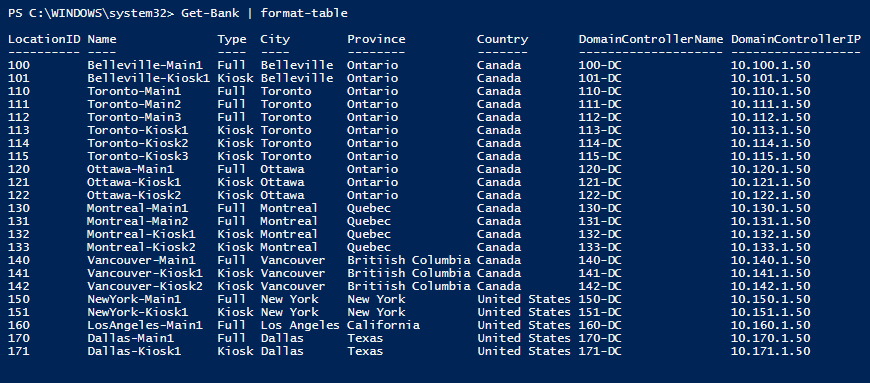Most every application we run in our datacenters today provides some sort of web-based interface. The push to move to HTML5, API driven GUIs is a good one – we can access things from anywhere, using any device or browser. The problem being we are also seeing a push for security, more specifically ensuring that all our web accessible interfaces are running through SSL and only accessed through https. To get around this administrators can go out and purchase a certificate from a trusted authority, however this could get pretty expensive if you start adding up all of the self-signed certificates within your environment. Another answer – the Microsoft Certificate Server.



